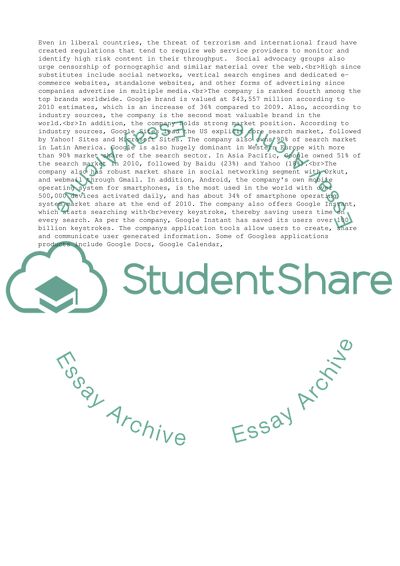Cite this document
(Google PowerPoint Presentation Example | Topics and Well Written Essays - 1750 words - 1, n.d.)
Google PowerPoint Presentation Example | Topics and Well Written Essays - 1750 words - 1. https://studentshare.org/business/1759685-google
Google PowerPoint Presentation Example | Topics and Well Written Essays - 1750 words - 1. https://studentshare.org/business/1759685-google
(Google PowerPoint Presentation Example | Topics and Well Written Essays - 1750 Words - 1)
Google PowerPoint Presentation Example | Topics and Well Written Essays - 1750 Words - 1. https://studentshare.org/business/1759685-google.
Google PowerPoint Presentation Example | Topics and Well Written Essays - 1750 Words - 1. https://studentshare.org/business/1759685-google.
“Google PowerPoint Presentation Example | Topics and Well Written Essays - 1750 Words - 1”. https://studentshare.org/business/1759685-google.


